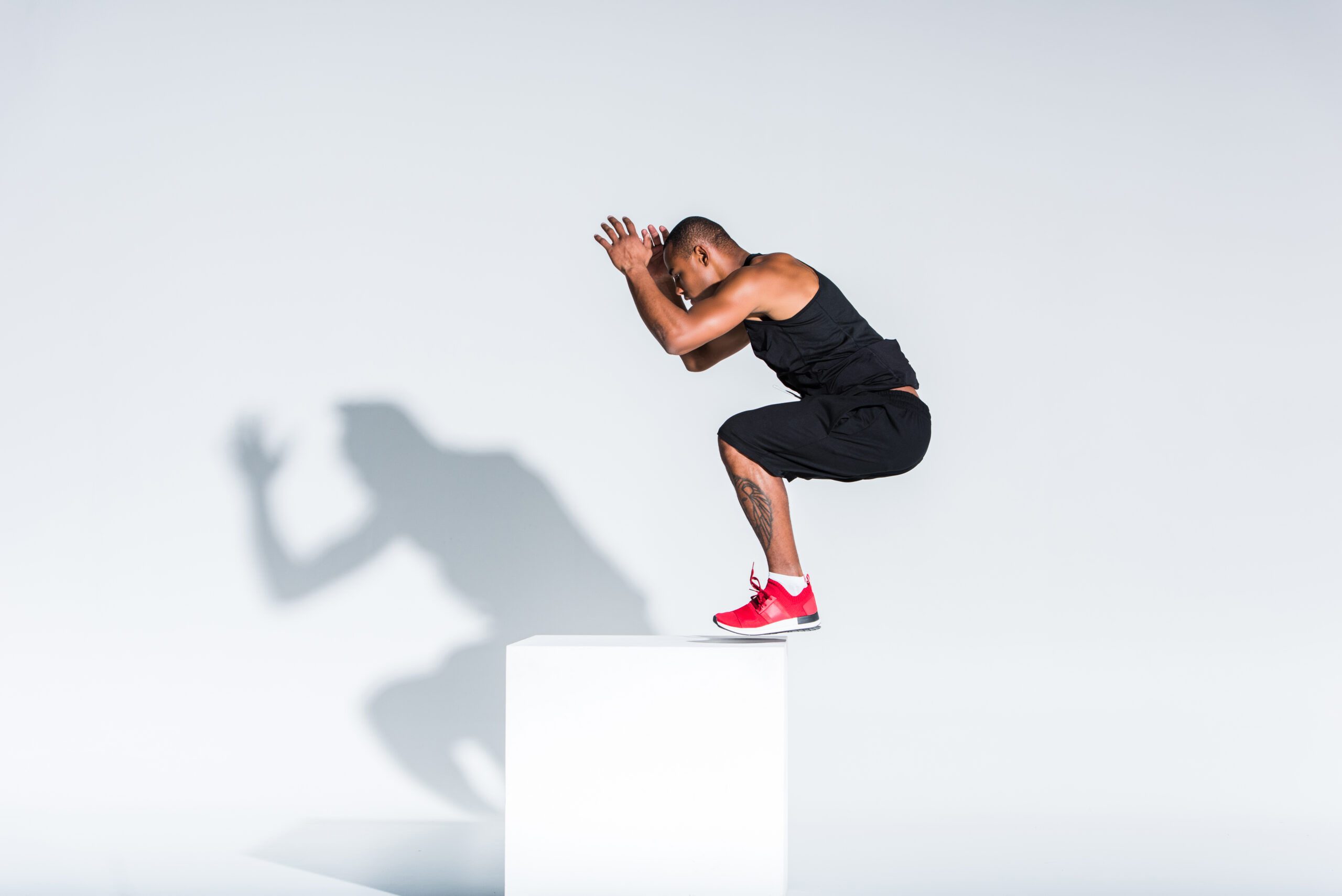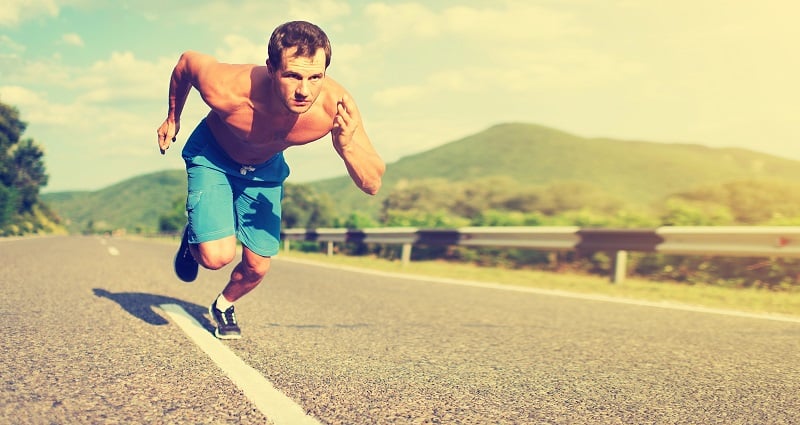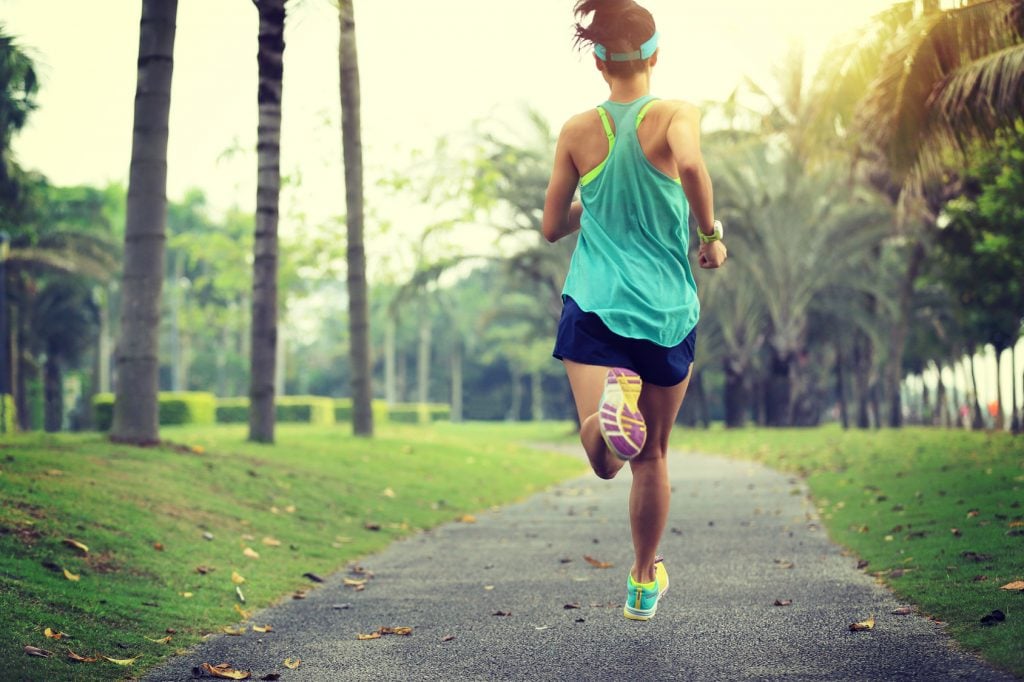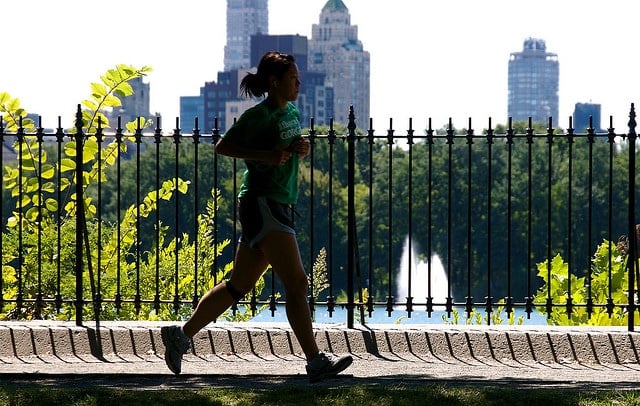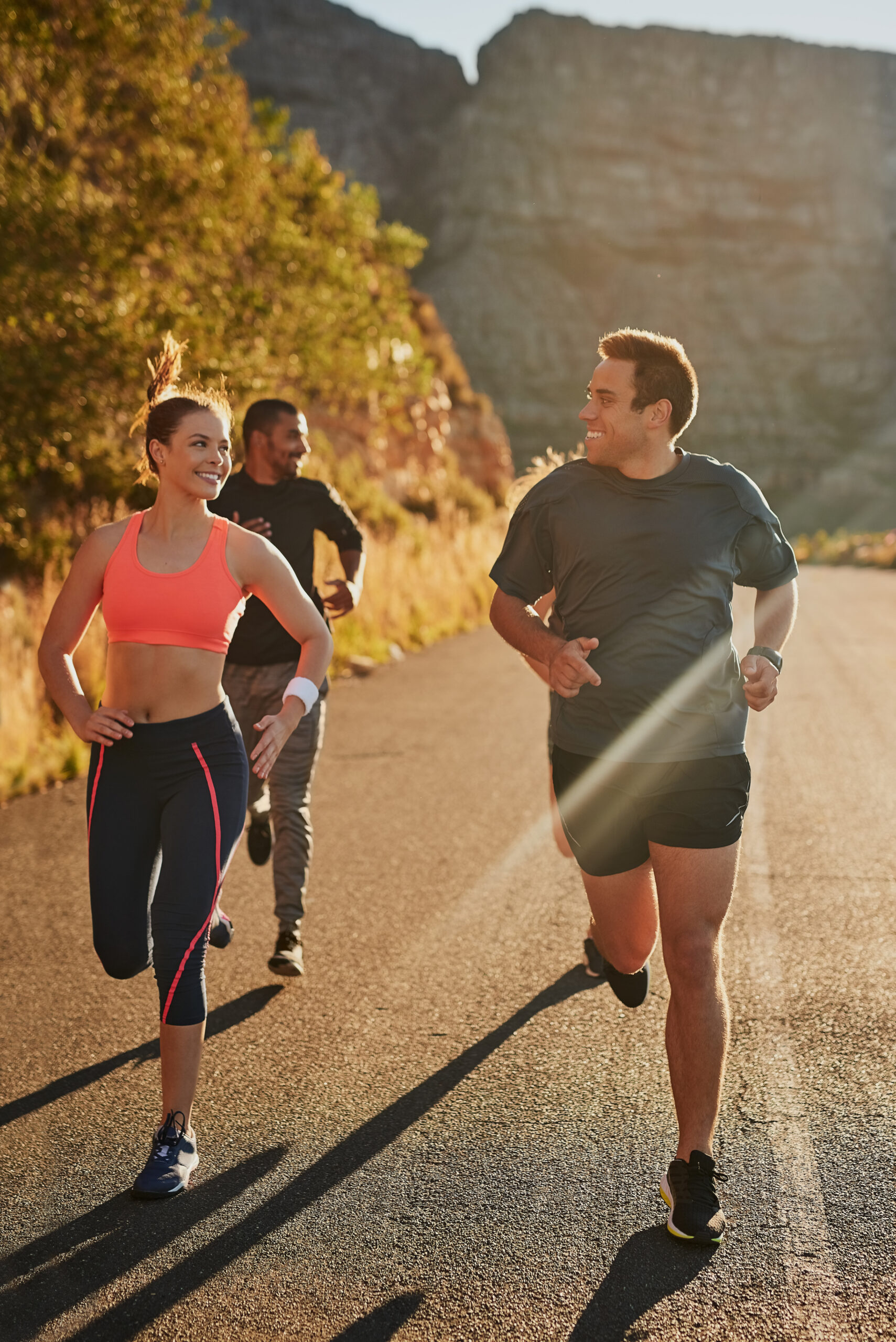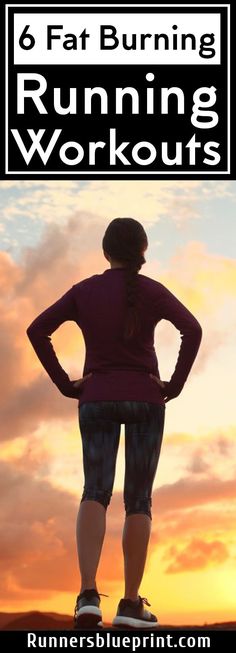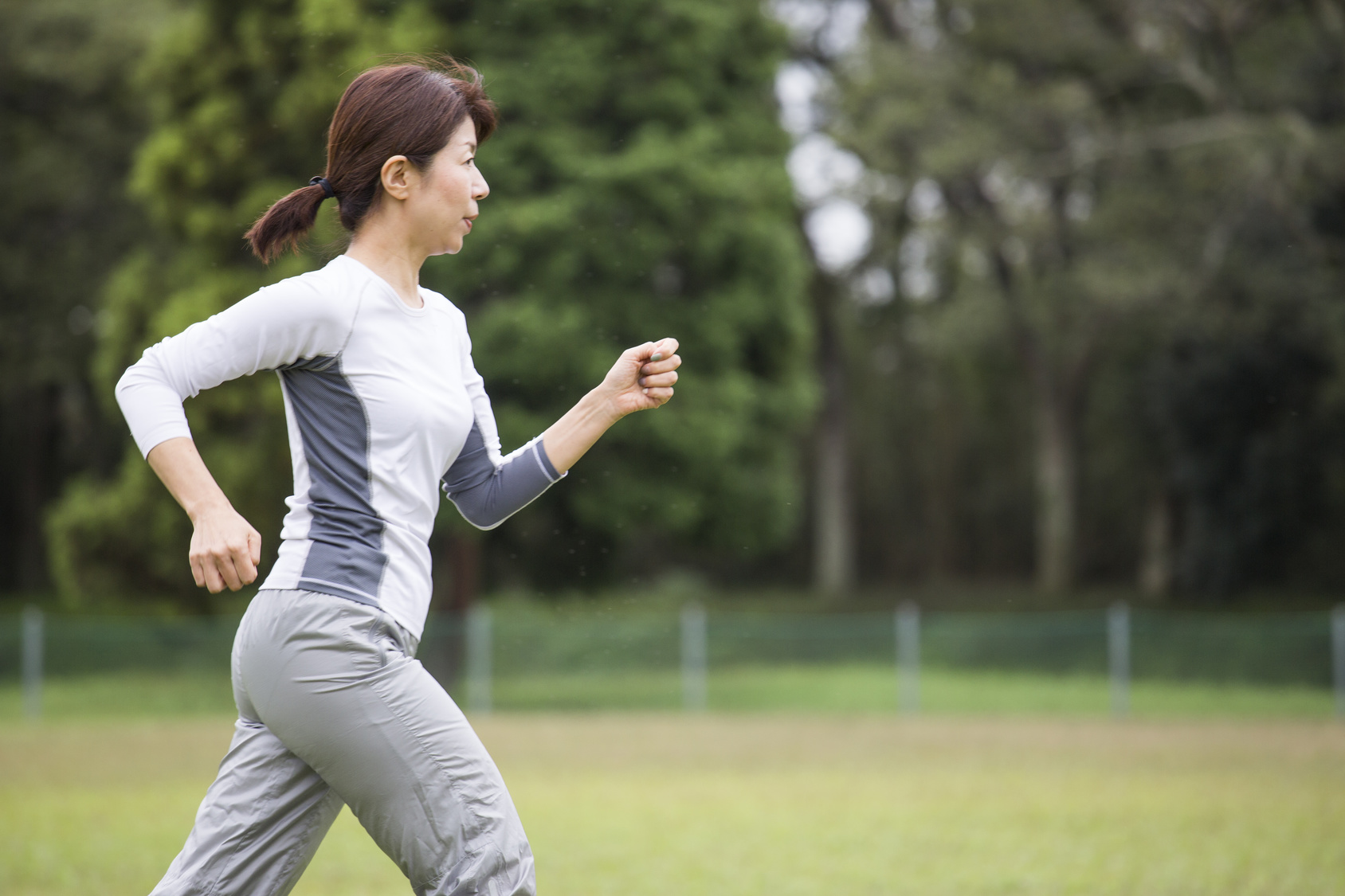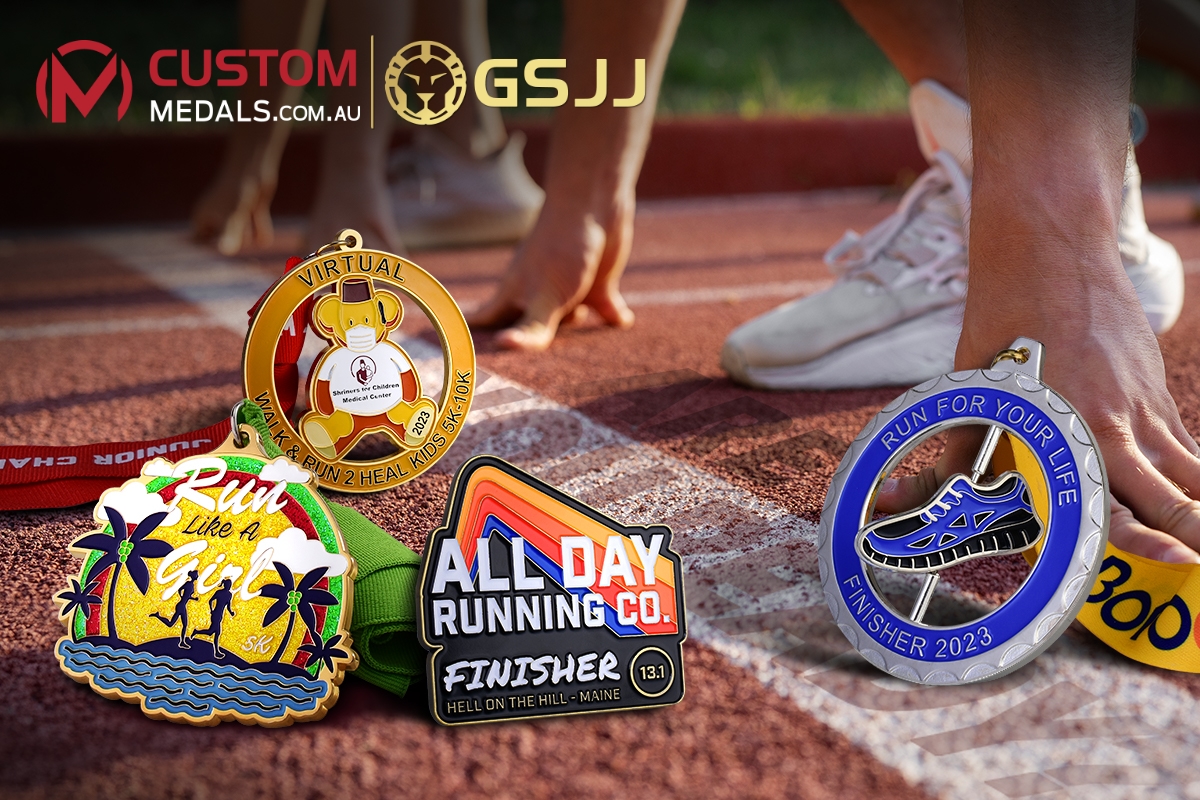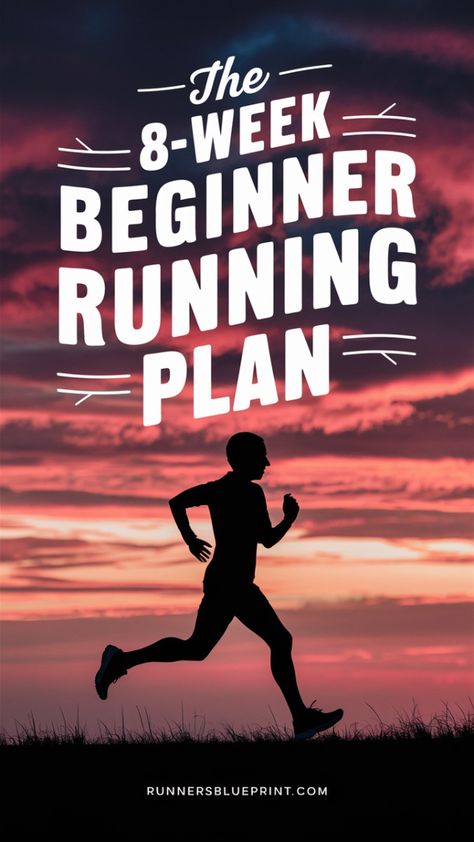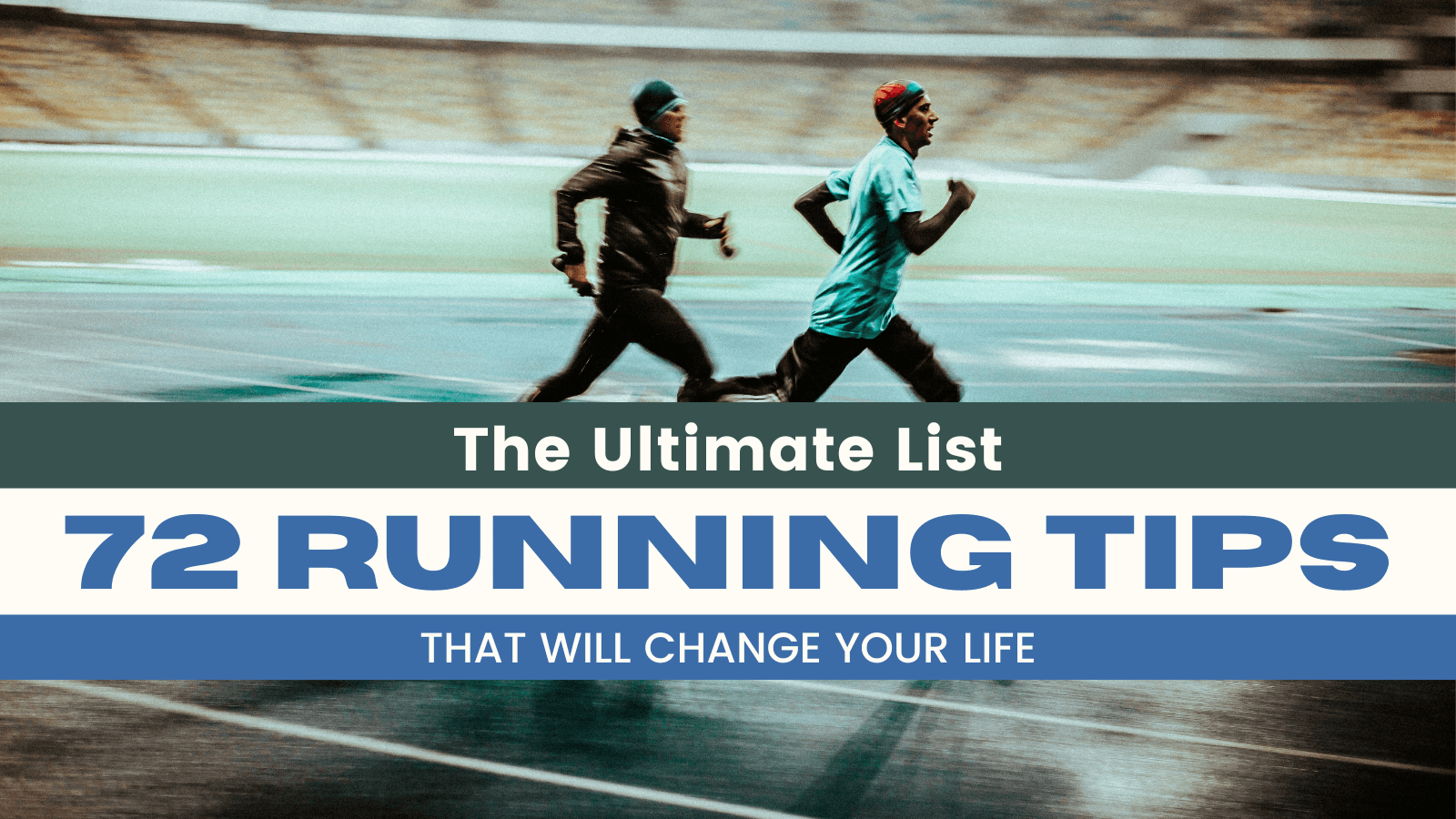I’m a huge fan of plyometrics for runners.
It’s a game-changer for improving your running performance, helping you burn more calories, boost your conditioning, and increase explosiveness—key components for becoming a better runner.
My journey with plyometrics began years ago when I discovered it through the P90X program.
At first, I didn’t know much about it, but after the first few workouts, I was hooked. I remember doing those box jumps and burpees, feeling like my legs were made of lead by the end.
But after a few weeks, I noticed I was feeling stronger, faster, and more explosive on my runs.
Since then, I’ve made it a point to include a plyometric workout in my weekly routine.
So, how do you get started with plyometrics? That’s exactly what today’s post is about.
By the time we’re done, you’ll understand what plyo training is and have a solid routine to start add it into your training.
What is Plyometrics?
Plyometrics, in simple terms, are exercises that involve fast, explosive movements designed to increase your power and speed. Unlike traditional weightlifting, where you lift and lower weights in a slow, controlled manner, plyometric exercises rely on quick, dynamic movements.
The idea behind plyometrics is to maximize muscle contractions in a short period, making your muscles more powerful and efficient. The exercises involve fast, powerful movements where your muscles go through an eccentric (lengthening) phase, followed by a rapid concentric (shortening) phase. This translates into more explosive strides, better push-off power, and improved overall speed for runners.
First time I tried plyometric exercises, I had no idea they’d be so different from my regular strength training. Plyo exercises are all about speed and power unlike slow and controlled weight lifting. I remember the first time I tried box jumps—my legs felt on fire! So please expect plyo exercises to be a little bit challenging then your usual lunges and deadlifts.
Some common examples of plyo exercises include:
- Skipping
- Box jumps
- Jumping lunges
- Squat jumps
- Clap push-ups
- Single-leg jumps
The 3 Phases of Plyometric Training
Most plyometric exercises are broken down into three phases:
- Eccentric Phase (Landing Phase): When your muscles lengthen, typically when you land from a jump or squat.
- Amortization Phase (Transition Phase): This is a short, split-second moment where your muscles prepare to explode into the next movement. The quicker you move through this phase, the better.
- Concentric Phase (Take-Off Phase): This is where your muscles contract and you push off explosively.
To plyo train, you must repeat this three-part cycle as fast as possible with good form.
The aim is to reduce the time you spend between the eccentric and concentric movements.
After every plyo session, you should feel like battery acid has been pumped through your veins.
Benefits of Plyometrics for Runners
Why should you, as a runner, care about plyometrics? Imagine running not just farther or faster but with a noticeable increase in power with each stride.
Plyometric training fine-tunes your muscles and tendons to produce force more effectively, helping you sprint faster, dodge obstacles, and push past your current limits
If you’re still not convinced, let’s look at some research:
- A study published in the Journal of Strength and Conditioning Research found that runners who followed a 6-week plyometric routine improved their 2400m race times by about 4%. This was thanks to the increase in lower-body power and explosiveness.
- Another study at the University of Montreal showed that plyo training improved running economy more than traditional weightlifting. So, if you want to make your running more efficient, plyometrics could be the answer.
- Studies from the Journal of Applied Physiology show that plyometric training can increase neuromuscular efficiency, which translates to a quicker, more powerful push-off with each step.
- According to research, athletes who incorporated plyometric exercises into their training experienced an increase in leg stiffness and elasticity, both of which enhance running economy and performance.
- Research found that runners who added plyometrics to their training saw an improvement in both stride length and cadence.
- Study found that runners who engaged in regular plyometric sessions developed stronger tendons and connective tissues, reducing strain on vulnerable areas like the knees and ankles.
I can go on and on but that’s a topic for another day. Let’s get to the practical stuff.
Getting Started with Plyometric Training
Before you jump into plyo exercises, you need a solid foundation of strength and endurance.
Take a couple of months to work on basic strength exercises like squats, lunges, planks, and push-ups to build your base.
Once you’ve got that foundation, you can add plyo exercises to your routine. Here’s a checklist to make sure you’re ready:
- Basic Strength: You should be able to perform bodyweight exercises like squats, lunges, and push-ups with good form.
- Proper Landing Technique: Learn to land softly on the balls of your feet, with your knees tracking over your toes.
- Core Strength: A strong core is essential for maintaining good form during explosive movements.
- Injury-Free: Plyo exercises are high-impact, so make sure you’re injury-free before you begin.
Proper Plyometrics Form & Technique
I can’t emphasize enough how important good form is when it comes to plyo training.
I remember rushing through a set of box jumps once, thinking speed was all that mattered. Big mistake.
I landed awkwardly, and my knees took a beating.
After that, I focused on quality over quantity—landing softly, keeping my core tight, and ensuring my knees aligned with my toes. It made all the difference. Now, every rep feels controlled and powerful, and I’m less prone to injury.
Here’s what to pay attention to when doing plyometrics:
- Keep your knees behind the toes throughout the movement.
- Engage your core and keep your back flat.
- To generate jumping power, sink deep into your heels and absorb the impact as you sink back into the movement.
- Do not compensate to perform a jump.
- Don’t strike the floor with your sole. Use the balls of your feet for better shock absorb
- Land softly. The less sound you make, the better. Embrace your inner ninja.
When to Add Plyometrics to Your Workout
If you’re new to plyometrics, start slow. I recommend waiting until you can run for at least 30 minutes without losing your breath and have spent at least 12 weeks building basic strength through bodyweight exercises. Once you’ve reached that point, you can start adding a 5- to 10-minute plyo circuit to your workout once a week.
Don’t overdo it—plyometrics are intense, and your muscles, joints, and tendons need time to recover. When I first started adding plyometrics to my routine, I made the mistake of jumping in with a high-intensity session. Let’s just say I could barely walk the next day.
I quickly learned that you need to ease into it. I started doing just one short plyo session a week, focusing on the basics like squat jumps and lunges.
After a few weeks, I started to feel stronger, and my recovery time improved. It was a gradual process, but now I can handle more intense sessions without feeling completely wrecked.
A trail Runner? Then check out this guide on plyometrics for trail runners.
Warming up For A Plyometric Workout
If there’s one thing I’ve learned from plyo training, it’s the importance of warming up properly. One time, I skipped my warm-up because I was in a rush. Huge mistake. My legs felt stiff, and I tweaked a muscle halfway through the workout. Since then, I make sure to spend 10 minutes warming up with light jogging and dynamic stretches.
To get started, do 5 to 10 minutes of jogging on the spot to increase your heart rate and core temperatures. Next, stretch your body dynamically, from your head to your ankles.
Pay special attention to your range of motion and release any muscle tension.
Note – To perform some plyo exercises, you’ll need a few pieces of equipment, such as a plyo box and a well-padded mat, to help with the impact.
Top 7 Plyometric Exercises For Runners
I recommend performing these exercises twice a week after a solid dynamic warmup.
Do this routine on your non-running days since explosive training requires much focused energy and effort.
Perform each exercise for 8 to 12 reps each.
Rest and repeat one more time before moving on to the rest of the routine.
To keep things challenging, change up the order of the exercises each time you do this plyometric workout.
Jump squats
It is ideal for strengthening the glutes, which can give you power on the run and reduce the risks of overuse injuries like runner’s knee and IT band syndrome.
This move also works the quads, hamstring, calves, and core muscles.
Bonus benefit, shaping your butt.
Proper form
Start with your feet turned out slightly, your toes pointing forward, your arms extended, and your back straight.
Squat down until your butt is just lower than your knees, then press up through the heels jumping off the ground as high as possible, then land softly without letting your knees fall in toward each other, then descend into the next squat.
Do 12 to 15 reps to complete one set.
Aim for two to three sets.
Burpees
The burpee is a total body conditioning exercise per excellence.
This is one of the best exercises for the core muscles, thighs, shoulder, arms, and chest—and if you only have 5 minutes of free time for plyo training, do the burpees, please.
Proper Form
Assume a feet hip-width apart stance, then bend your knees and place your hands on the floor.
Transfer all your weight into your hands, and jump your feet back to end up in a push-up position.
Then, bring your knees to your chest, assuming a low squat position, and press up and jump as high as you can with hands overhead, feet going airborne.
Clap your hands overhead or straighten your legs like air split for more challenge.
Without delay, hit the ground again to perform the next burpee.
Jumping lunge
This is one of the most running-specific exercises you can do since jumping lunges target all of your running muscles most efficiently and explosively.
Proper Form
Begin in a lunge position, weight distributed equally on both legs
Next, jump straight up into the air as high as possible, reversing the position of the legs and landing with your feet in the opposite positions, then immediately lower down into a deep lunge.
Make sure to land with a good lunge from—knees behind or in line with the toes—and to use your arms to help you jump higher.
Do three sets of 12 to 16 reps, alternating sides on each jump.
Side hops
One of the best plyometrics for runners that works all of your lower body muscles, including your hamstrings, glutes, calves, and quads—all key muscles for running and most athletic activities.
Proper Form
Start by standing on your right foot with your right knee slightly bent and your left foot up.
Next, begin hopping on the right foot as fast as you can with minimal ground contact.
Imagine that you are jumping over a set of hot coals.
Hop in one place 12 times, then hop side to side 12 times, then forward and backward for another 12 times.
Aim for two to three sets on each foot.
Make sure to keep your hips steady and nearly motionless through the exercise.
Avoid bouncing around.
Single-Leg Lateral Jumps
Along with increasing power in the legs, this plyo move improves balance.
Plus, this plyo move boosts ankle strength and stability as well as control and proprioception, which is your sense of the relative position of your body and the strength of effort employed in each movement.
For those who have ankle instability, you may use an ankle brace.
Choose the breathable one.
Like this drill? Then you gonna like this routine.
Proper Form
Stand on your right foot with your left knee slightly bent and your left foot off the ground.
Then, drop into a half squat and jump diagonally as high as you can to your left, landing in a half squat on your left foot.
Repeat, jumping diagonally while engaging the whole core to your right.
That’s one rep.
If this is too easy, do it with your eyes closed.
Aim for three sets with ten reps each.
Box Jumps
These build explosive speed, rev up your body’s ability to absorb force, and target the muscles that contract the most when running the hamstrings and glutes.
Proper Form
Pick a jumping box of challenging height or stack aerobics steps 6 to 14 inches high.
Be careful.
From the ground, squat down and jump with both feet onto the box, swinging your arms forward to generate enough momentum.
Next, jump backward off the box and land softly on the ground with knees slightly bent.
For more challenges, try with one leg.
Don’t try this without a steady posture and a nice balance.
Do 12 reps, aiming to complete three sets.
Bleacher hops
Another powerful exercise to add to your arsenal.
This one works for you on all levels.
It’s also a great cardiovascular and endurance exercise—like a hill sprint on steroids.
Proper Form
Beginner Plyometric Routine
Perfect if you’re new to plyometrics. Focus on form and smooth landings to ease your body into this explosive style of training.
- Jump Rope – 2 x 30 seconds
Keeps it simple and starts conditioning your calves and Achilles tendons. - Jump squats – 2 x 10 reps each leg
Step up on a sturdy box or bench, focusing on pushing through your heel. - Bleacher hops – 2 x 6 reps
Stand with feet shoulder-width apart, jump forward with both feet, and land softly. - Box jumps – 2 x 8 reps
Jump to build strength and stability.
Intermediate Plyometric Routine
You’ve got the basics down and are ready to turn it up! This level adds more explosive movements to push your power and coordination.
- Box Jumps – 3 x 8 reps
Find a box or sturdy platform about knee-height. Jump onto it, land softly, and step back down. - Jump Lunges – 3 x 8 reps each leg
Start in a lunge position, jump, and switch legs mid-air, landing in a lunge on the other side. - Depth Jumps – 3 x 6 reps
Step off a box, landing softly and immediately jumping as high as possible. - Single-Leg Hops – 3 x 10 hops each leg
Hop forward on one leg, focusing on balance and control with each hop.
Advanced Plyometric Routine
You’re ready for maximum power! These moves are intense, so prioritize control and aim for quality over quantity.
- Depth Jumps to Box – 4 x 6 reps
Step off a lower box, land, and immediately jump onto a higher box. - Bounding – 4 x 30 meters
Push off forcefully with each step, covering as much ground as possible. Think of it like exaggerated running. - Plyometric Push-Ups – 4 x 8 reps
Perform a push-up, but push off the ground so your hands leave the floor slightly. - Broad Jumps – 4 x 6 reps
Jump as far forward as you can with both feet, aiming for a soft landing.
Download Your Plyometric Training Plan
Want to take this plyometric routine with you? I’ve created a Printable Plyometric Training Plan that you can easily download and keep for reference. Whether you’re just starting with plyometrics or pushing into advanced exercises, this PDF has you covered with routines for every level—beginner, intermediate, and advanced.
👉 Download the Plyometric Training Plan PDF
Feel free to print it out, bring it to your next workout, or stick it on the fridge for easy access. Each routine is broken down with reps, sets, and tips to keep you on track.
Note: Use the PDF as a progress tracker. Note down dates, sets, and any tweaks you make. This can help you look back and see how far you’ve come—which is super motivating on those tough training days.


